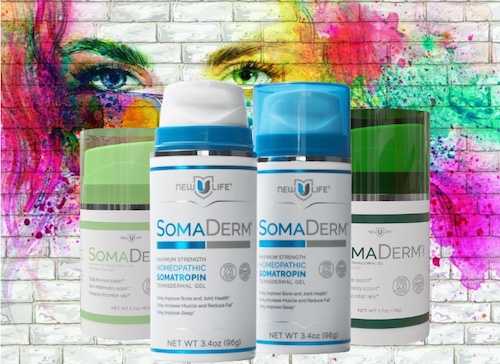For over a century, food and drug manufacturers have added a synthetic chemical to candies, pills, shakes and more to color them a vivid cherry red.
That will end soon. The Food and Drug Administration this week banned the use of Red Dye No. 3 in food, citing concerns that the common dye could cause cancer in rats. Drug manufacturers who use Red Dye No. 3 have until Jan. 18, 2028, to reformulate their products; food manufacturers have until Jan. 15, 2027.
“It’s a great first step for the U.S., but frankly we’re just really behind,” said Dr. Sheela Sathyanarayana, professor of pediatrics at the University of Washington who studies environmental exposures that affect children’s health. The European Union, Australia and New Zealand have banned most uses of Red Dye No. 3 in foods.
Here’s what to know.
Why did the F.D.A. ban Red Dye No. 3?
The F.D.A. first allowed food manufacturers to use Red Dye No. 3 in 1907. But in 1958, Congress passed a regulation that blocks the agency from approving food or color additives that can lead to cancer in animals or humans.
Scientists and public interest groups have raised concerns about the dye for decades. The F.D.A. even banned Red Dye No. 3 in cosmetics like lipsticks and drugs applied to the skin in 1990, after industry-funded research found that it led to thyroid cancer in rats. But it was still allowed to be used as an additive in food and drugs.
In 2022, several public interest groups petitioned the F.D.A. to revoke its authorization of Red Dye No. 3 and pointed to studies that showed male lab rats that were exposed to high levels of the chemical developed thyroid cancer.
“Consumers should not be placed, as they have for the last several decades, in this situation where they need to check the package every time to see if this chemical that F.D.A. should have banned is still there,” said Dr. Peter Lurie, the executive director of the Center for Science in the Public Interest, a group that petitioned the F.D.A.
In announcing its decision, the F.D.A. noted that studies had not found a link to cancer in other types of animals. The agency added that any claims that people are at risk because of the use of the dye in food and ingested drugs “are not supported by the available scientific information.”
Are there other concerns with Red Dye No. 3?
Beyond the cancer risk, some research has found a link between consuming synthetic food dyes, including Red Dye No. 3, and behavioral issues like hyperactivity in some children. But there are limitations to those studies, including that many of the trials studying the question have been small.
What foods and drugs have Red Dye No. 3?
In 2023, California became the first state to ban Red Dye No. 3. in foods. (The law will go into effect in 2027.) Since then, some companies have moved away from using the dye, said Melanie Benesh, vice president of government affairs at the Environmental Working Group, one of the organizations that petitioned the F.D.A. to ban the dye.
Hundreds of foods and drugs still contain Red Dye No. 3, including some, but not all, brands of:
What should you do before the ban goes into effect?
Until then, if you’re concerned about the dye, you can check the ingredient lists on food and drug products. You can also check on the U.S. Department of Agriculture’s branded food database or the Environmental Working Group’s database.
As with many chemicals and additives we’re exposed to, “there’s no way to get to zero,” Dr. Sathyanarayana said.
“Are there going to be times where your kid gets red dye?” she said. “Yeah, because they go to birthday parties, they have Halloween.” But you can minimize any potential risk, she said, “if you can limit those to just those special occasions, as opposed to every day.”

